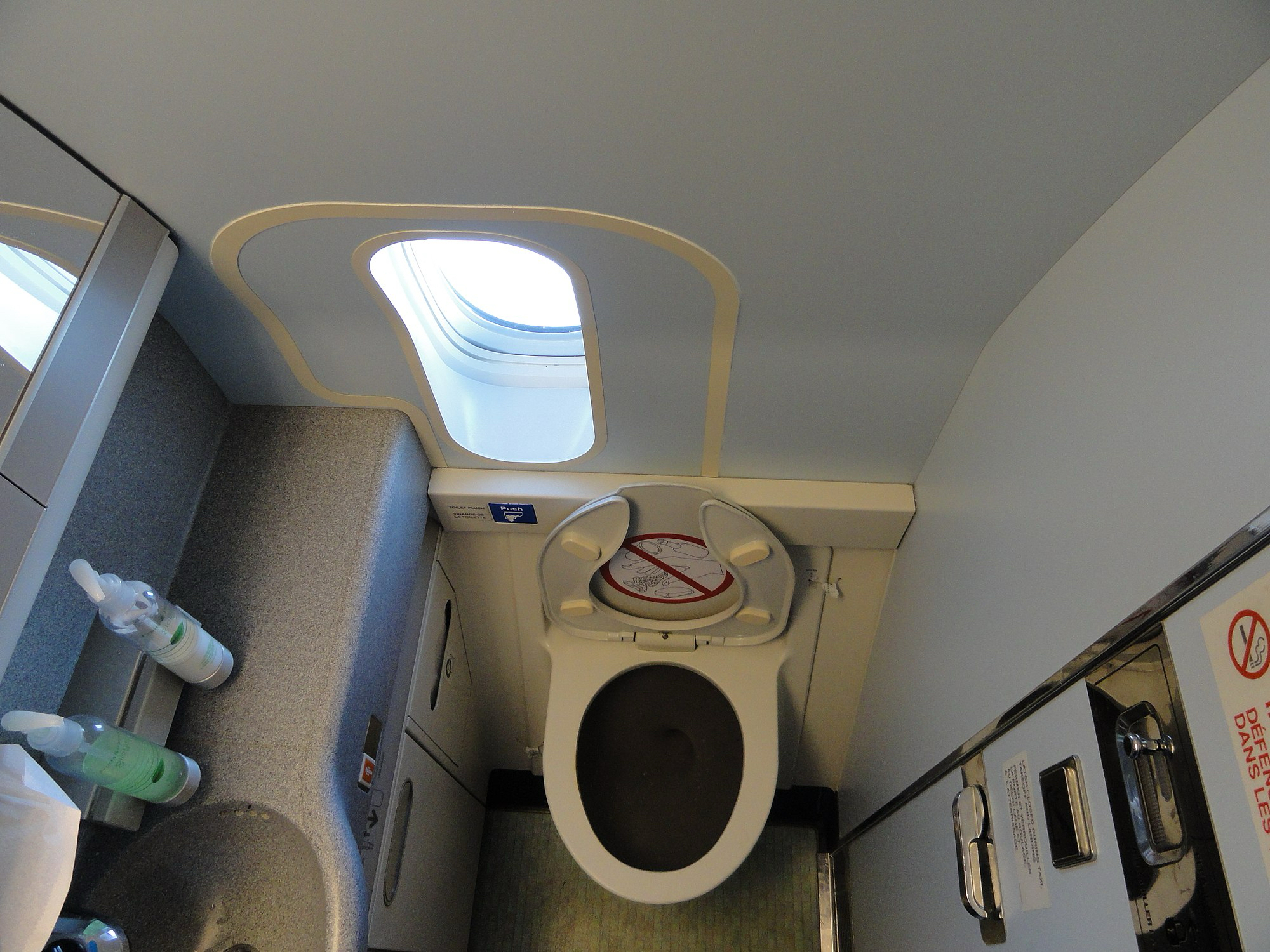Introduction:
In an industry governed by redundancy, routine, and risk mitigation, it’s often the smallest systems that cause the biggest disruptions. On 3 March 2024, United Airlines Flight UA1554 from Chicago O’Hare (ORD) to Seattle-Tacoma (SEA) was forced to divert to Dallas-Fort Worth (DFW) after a passenger became trapped inside the aircraft’s lavatory mid-flight. The aircraft, a Boeing 737-900, was cruising over the central United States when the crew declared an emergency and elected to divert for what became an unexpectedly humiliating mechanical issue: the bathroom door wouldn’t open.
While no injuries were reported and the aircraft landed safely, the event was serious enough to warrant formal FAA attention. It also prompted sharp scrutiny over how something as seemingly minor as a stuck lavatory door could lead to an airborne emergency and flight diversion. This article examines what happened on UA1554, the broader implications of cabin component failures, and why passenger containment — voluntary or not — is a situation airlines must always be prepared to manage.
Timeline of Events: The Lav Incident on UA1554
Flight UA1554 departed Chicago O’Hare on schedule in the afternoon of 3 March 2024, operating a routine domestic leg aboard a Boeing 737-900 (registration unknown at time of writing). Approximately halfway through the flight, as the aircraft passed over the central US, a passenger entered one of the rear lavatories — and couldn’t get back out.
Cabin crew attempted to open the door from the outside but found the mechanism jammed. After unsuccessful efforts to release the lock, the flight crew were informed and opted to divert to Dallas-Fort Worth International Airport. The aircraft landed without incident and taxied to a gate where ground crews assisted in freeing the passenger. FAA records confirmed the incident and noted it under “aircraft component or system failure/malfunction,” highlighting the event in its March 2024 preliminary incident log.
Hardware Humiliation: When Small Failures Trigger Big Reactions
Lavatories on commercial jets are rarely the focus of aviation engineering debates — but when their doors jam at 35,000 feet, they suddenly become a high-priority system. In this case, a jammed mechanical latch on the lavatory door was enough to ground a 737 and disrupt the travel plans of over 160 passengers. It’s the aviation equivalent of a dodgy office bathroom lock causing the entire building to evacuate.
The comparison may sound comical, but the decision to divert was procedurally sound. Keeping a passenger involuntarily confined — regardless of location — creates safety, medical, and legal liabilities. Oxygen levels, panic response, and basic human rights come into play. And from a crew perspective, dealing with a trapped individual mid-flight is a distraction from their core responsibilities. In short: if a door fails in the sky, it’s a serious issue — no matter what it’s attached to.
Cabin Components Under Scrutiny: A Wider Industry Reflection
This incident underscores a broader point about cabin hardware reliability. While avionics, engines, and hydraulics undergo intense certification and oversight, minor interior systems like latches, seat trays, and toilet locks are often considered low-risk. Yet when they fail, the operational ripple effects can be disproportionately large.
Aircraft manufacturers and operators are increasingly being urged to re-evaluate the durability and maintenance cycles of so-called “non-critical” components. Something as simple as a warped latch or a fatigued spring can turn into an in-flight emergency, costing an airline thousands in fuel, logistics, and reputation — not to mention public embarrassment on social media, where videos of such incidents often go viral.
In the FAA’s March 2024 report, the lavatory incident sits among more dramatic entries like engine shutdowns and bird strikes — yet it highlights how even trivial mechanical issues can breach the threshold for formal investigation.
Final Approach: Lessons from the Lavatory
Airlines plan for engine failures, smoke alarms, and medical events — but as UA1554 proved, sometimes it’s a jammed bathroom door that throws the schedule into chaos. The incident is a reminder that in aviation, no component is too minor to matter. Whether it’s a circuit breaker or a toilet latch, every part of the aircraft plays a role in the safe and humane transport of people.
In a tightly controlled environment where containment is usually reserved for cargo and controlled airspace, involuntarily containing a human in a one-square-metre lav at altitude is a scenario no crew wants to face. United Airlines resumed the flight with a new aircraft, and the passenger — hopefully with a strong story and a sense of humour — continued their journey.
This article is based on publicly available information and FAA preliminary reports as of April 2025. While every effort has been made to ensure accuracy, we cannot guarantee the completeness of the information provided.
If you are the rightful owner of the photo and wish it to be taken down, please email takedown@cockpitking.com.
